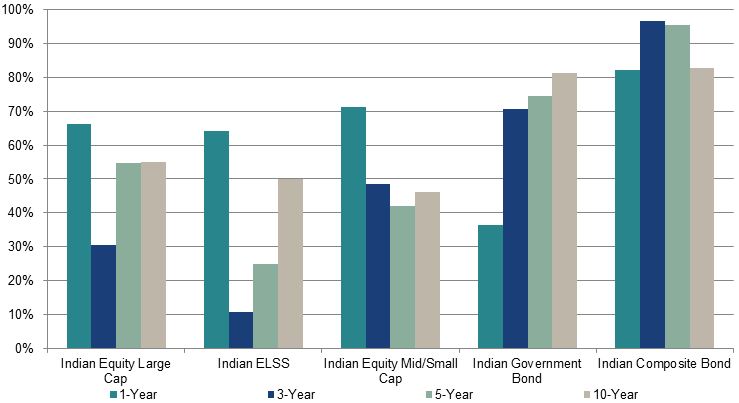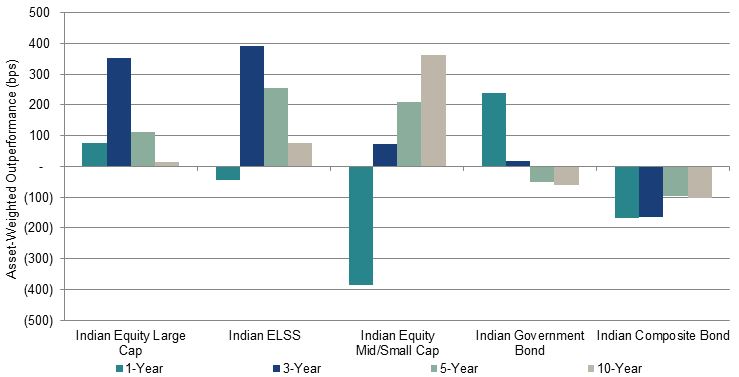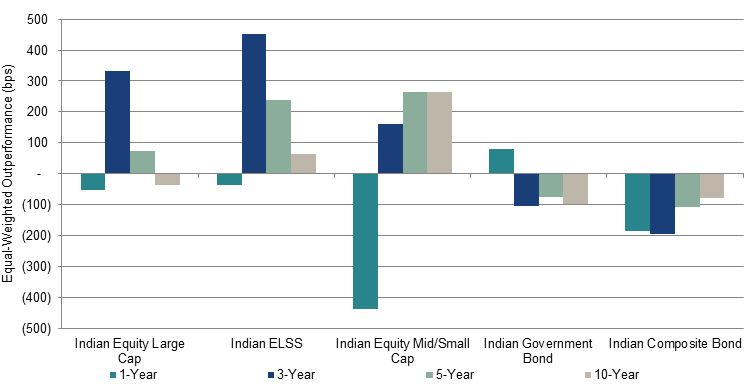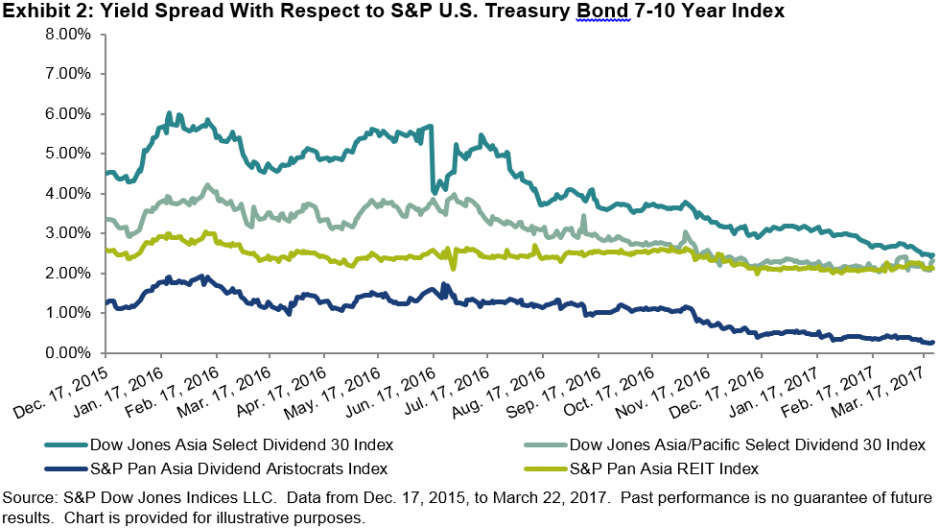With March in our rear view mirror, let’s take a quick look at some highlights from the Dow Jones Industrial Average’s performance during the first quarter of 2017:
- In Short – The Dow Jones Industrial Average ended the first quarter of 2017 at 20,663.22 – up 900+ points for a 4.56% YTD return.
- Biggest Themes – expectations of an economic revival, infrastructure spending, tax reform, deregulation and related themes drove the markets in the wake of the election and inauguration of Donald Trump.
- Leader & Laggard – Apple (AAPL) made the biggest point contribution while Chevron (CVX) had the most negative impact.
- Sector Performance – Information Technology, on the back of the aforementioned AAPL return, made the largest contribution.
- Best Day YTD (In Points & Percent) – March 1st, after Trump’s address to Congress.
- Worst Day YTD (In Points & Percent) – March 21st, anxiety about Trump’s ability to be a change agent sets in.
- Big Moves – or rather, the lack thereof. Q1 saw very few days of significant movement in the Average. Further, the spread between the quarter’s High and Low closing index values is 1,383.15 points, the tightest spread since 2005. Here again, we see the evidence of a period of muted volatility.
- Advancement – The Dow hit 15 new highs during Q1 and broke through both the 20,000 and 21,000 point levels.
For more about the DJIA during Q1, a complete report card is available here.
The posts on this blog are opinions, not advice. Please read our Disclaimers.






















































